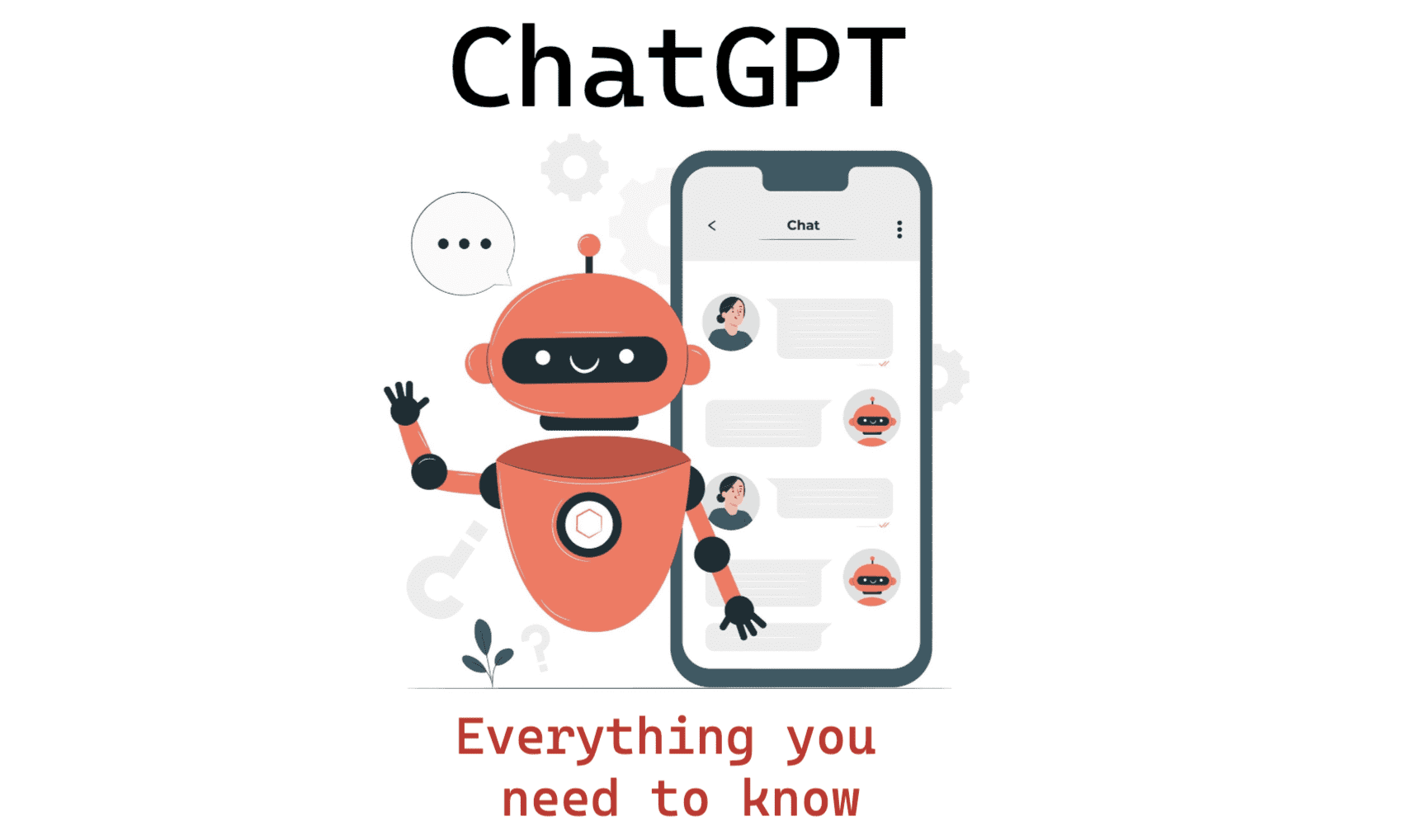
ChatGPT: Everything You Need to Know
All you need to know about ChatGPT: what it can do, how it works, and its limitations.

Image by storyset on Freepik
Over the past few weeks, you’ve probably noticed the new technology being mentioned everywhere: ChatGPT. Some people have played around with it, whilst some have no clue what it is. This article will go through everything you need to know about ChatGPT.
What is ChatGPT?
ChatGPT is an AI-based chatbot system which OpenAI launched in November 2022. OpenAI is known for creating Whisper, an automatic speech recognition system and DALLE•2, an AI image and art generator.
ChatGPT uses the company's GPT-3 technology. It stands for Generative Pre-trained Transformer 3 and is an autoregressive language model which uses deep learning to produce human-like text. It is a language-processing AI model, and right now one of the most popular.
The GPT-3 training model uses a ‘generative pretraining’ training method, meaning that it is trained in a way that it can predict what token is next. For this to happen, the model requires an initial prompt text and then it will continue to produce text using that initial prompt.
The model is optimized using Reinforcement Learning with Human Feedback (RLHF) to achieve conversational dialogue. The model was trained using a variety of data which were written by people to achieve responses that sounded human-like.
It creates a natural, human-like engagement with a chatbot.
What Can ChatGPT Do?

Screenshot of ChatGPT
GPT-3 is a 175 billion parameter language model, so it can be difficult to narrow down all of GPT-3’s capabilities. It is a model that focuses purely on language, so it has an in-depth understanding of the written and spoken word.
Some use cases of ChatGPT are:
- Writing short-length content such as poems and limericks
- Writing lengthy content such as research papers.
- Explaining topics in layman’s terms or in-depth knowledge
- Brainstorming topics and ideas
- Personalized communication, for example, email responses
- Virtual assistant that speaks in a natural and engaging tone
- Summarizing long content in a shorter form
- Language translations
- Marketing content
If you have ever written a blog, paper or dissertation, you know the amount of time and energy that goes into producing something worthwhile. The power of ChatGPT lies in its speed to produce well-written content in seconds and its ability to take complicated topics and simplify them.
How Does ChatGPT Work?
As mentioned before, OpenAI used Reinforcement Learning from Human Feedback (RLHF). They started with training an initial model using supervised fine-tuning. The human AI trainers played both the user and AI assistant and provided conversations to help build natural and engaging responses.
Reinforcement learning uses a reward signal/system that helps the machine learning model improve. OpenAI collected comparison data, two or more model responses that were ranked by quality. OpenAI took conversations that occurred between AI trainers and the chatbot, randomly selected a model-written message, sampled several alternative completions, and had the AI trainers rank its quality. This allowed them to use these reward models and fine-tune them using Proximal Policy Optimization.
Below are the steps:

Image by OpenAI
Limitations of ChatGPT
ChatGPT comes with limitations.
- ChatGPT has very limited knowledge of world events that occurred in the past year
- It can misinterpret what you are trying to ask
- It can output incorrect information
- It can become overwhelming for ChatGPT if you add too many elements or become too niche in your initial prompt
Conclusion
ChatGPT is currently at full capacity in its beta service phase; however, you can be notified when they are back by filling out this form: here.
This article was a summary of ChatGPT, but if you would like to know more in-depth knowledge about ChatGPT on a technical level, I would recommend reading the research paper Language Models are Few-Shot Learners.
Nisha Arya is a Data Scientist and Freelance Technical Writer. She is particularly interested in providing Data Science career advice or tutorials and theory based knowledge around Data Science. She also wishes to explore the different ways Artificial Intelligence is/can benefit the longevity of human life. A keen learner, seeking to broaden her tech knowledge and writing skills, whilst helping guide others.
